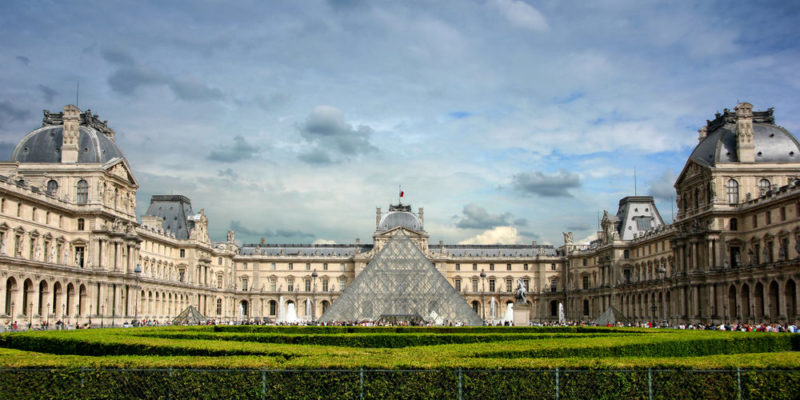We explain what an institution is and how they are classified according to the purposes they pursue. Also, what are the most important institutions.

What is Institution?
An institution is any type of human organizationwhich implies stable and structured relationships between people, which are maintained over time, in order to meet a series of explicit or implicit objectives.
an institution involves practices, habits and customswhich are regulated either by moral norms or by legal provisions. They can range from a few people to thousands of individuals, depending on the scope. It also usually has a culture common to all its members, who share certain ideas and values that motivate them to be part of it.
The institutions They can be formal or informaland may have a correspondence with one or more physical places where their characteristic activities take place. Depending on the degree of formality it reaches, it can develop cultural autonomy, which is manifested in the creation of its own symbols, in the registration of its own institutional history and even in the formulation of its own language.
Every institution It is made up of formal and informal rules at the same time. Formal rules are those that have a legal character (it may be a law only valid within the institution) and that are usually written in some type of institutional code. Informal rules are habits and moral criteria that do not have a legal character nor are they written but are obeyed because there are forms of punishment for those who do not comply with them. Many times, informal rules can transform into formal rules or vice versa as the social conditions in which the institution exists change.
Besides, They usually imply a hierarchywhich distributes power asymmetrically among the members of the institution, although there are also a few cases of egalitarian institutions (composed of few individuals). This asymmetry implies that some members have more capacity than others to decide on the rules, or to appropriate or manage the resources that the organization possesses.
Generally, institutions are not the result of planning, but rather arise over time in response to population needs or as a result of the struggle for power between individuals or groups. However, once consolidated, institutions often modify elements of themselves to better adapt to changing circumstances, to expand their sphere of action or to reinforce their authority over subjects. This is clearly seen in the laws enacted by the State to regulate its own action on society.
Depending on the purposes they pursue, institutions can be classified as:
- Political institutions (for example a political party)
- Economic institutions (for example a bank or a trading company)
- Legal institutions (a court of law)
- Labor institutions (a union)
- Scientific institutions (a medical research laboratory)
- Educational institutions (a school or university)
- artistic institutions (a musical orchestra).
See also: Legislation
Most important institutions

- The State. It is the most important of all modern institutions, not only because of its enormous scope and the large number of individuals it includes in its daily practice, but because through law it can regulate the functioning of other institutions. The State is an institution with a high proportion of formal rules, that is, the relationships between officials are clearly established in the codes and laws (what decision-making capacity each individual has, who must obey whom, etc.)
- The family. On the other hand, it is an institution made up mostly of informal rules, which includes a much smaller number of members and which does not usually have an explicit or formal statement of its objectives (mutual affection and the raising of children). The family is a clear example of the process of institutional change, by which as the dominant values in society were modified over time and the legal and economic conditions changed, the traditional family was moved from monogamous towards various family models (single-parent, same-sex) that coexist today.





